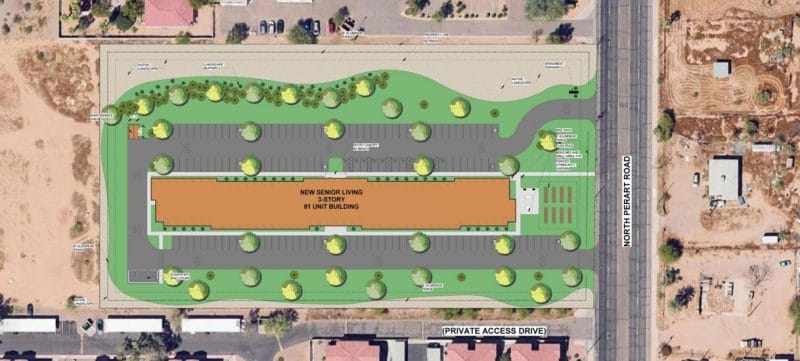By Na Zhao | Eye On Housing
As described in a previous post, NAHB’s recently released its 2021 Priced-Out Estimates, showing that 75.1 million households are not able to afford a median priced new home, and that an additional 153,967 would be priced out if the price goes up by $1,000. This post focuses on the related U.S. housing affordability pyramid, showing how many households have enough income to afford homes at various price thresholds.
The pyramid uses the same standard underwriting criterion as the priced-out estimates to determine affordability: that the sum of mortgage payments, property taxes, homeowners and private mortgage insurance premiums should be no more than 28% of the household income. Based on this, the minimum income required to purchase a $100,000 home is $22,505. In 2021, about 21.1 million households in the U.S. are estimated to have incomes at or below that threshold and, therefore, the maximum priced home they can afford is between $0 and $100,000. These 21.1 million households form the bottom step or base of the pyramid. Another 19.0 million can only afford to pay a top price of somewhere between $100,000 and $175,000 (the second step on the pyramid), and so on up the pyramid. Each step represents a maximum affordable price range for fewer and fewer households.








